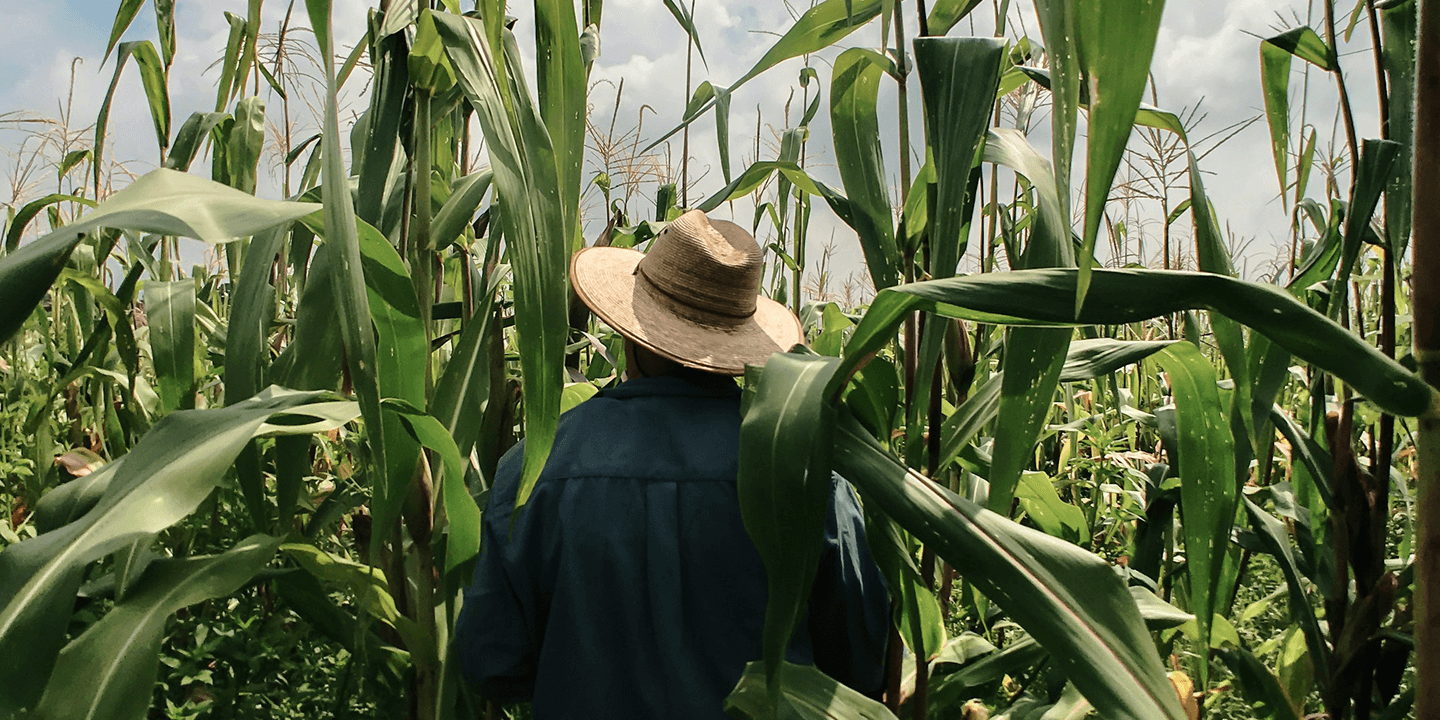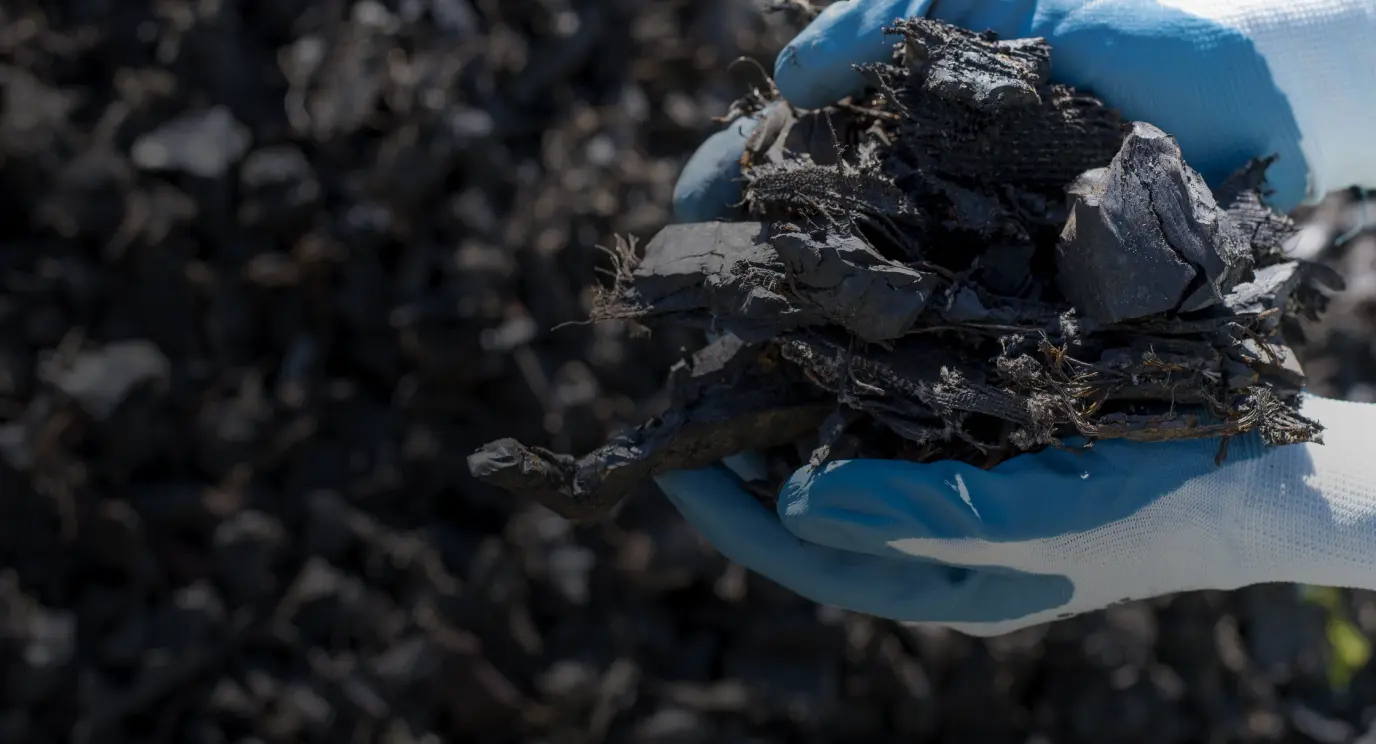For decades, the world has been seeking ways to preserve nature at scale. Yet, existing approaches have not been fully successful in achieving this. We lost around 12% of the planet’s intact forests from 2000 to 2020. To put this into context, we lose a football field of rainforest every six seconds.
The loss of existing forests is estimated to be about six times worse for the climate. If destroyed, they will release a much higher level of stored carbon into the atmosphere, ruin rich biodiversity and the habitats of millions, and could take decades or centuries to regenerate.
There is a special classification for territories with extensive forests and historically low deforestation rates: “High Forest/Low Deforestation” (HFLD). There are currently a dozen countries and nearly 40 subnational jurisdictions that together are home to a quarter of the world’s forests. That’s close to a billion hectares – locking in billions of tonnes of carbon and contributing to the global terrestrial sink, which absorbs some 30% of global emissions each year.
At COP 26, 141 countries pledged at the highest political level to stop deforestation by 2030. Meeting this target is necessary if the world is to remain within a 1.5°C warming pathway, and this goal cannot be met without the continued contribution of forests from HFLD jurisdictions. Many HFLD jurisdictions will be forced to make difficult decisions about their economic development trajectories, and without meaningful alternative financial incentives, the trajectories that cause deforestation may become the most appealing options for these jurisdictions.
Carbon credits from HFLD jurisdictions can support nature preservation at scale
While nearly all forests will eventually face threats, carbon credits have, until now, focused largely on areas that have already experienced high rates of deforestation. Perversely, this has meant that forests in HFLD jurisdictions were overlooked until they were under immediate threat or after they had been cut.
Soon, carbon credits from HFLD jurisdictions will be available under two reputable standards, ART-TREES and the World Bank FCPF, offering a market-based incentive to preserve nature at scale.
These credits will be available for purchase, with the potential to protect some of the most critical forests remaining on earth. Like other quality credits, HFLD programmes employ very conservative benchmarks to quantify the beneficial contribution of HFLD jurisdictions to global climate mitigation. In addition to mitigating ongoing and future threats, HFLD credits can help prevent the displacement of deforestation, strengthen the ecological and economic resilience of forests, and support the livelihoods of forest stewards who have long been overlooked.
Role of credits from HFLD jurisdictions within broader climate mitigation portfolios
To build support for HFLD jurisdictions, Climate Impact X, Conservation International, Emergent, the Natural Climate Solutions Alliance and the Wildlife Conservation Society have convened to provide guidance to company leaders, sustainability portfolio managers and government buyers on how HFLD credits should be positioned within a high-ambition net zero strategy. Internal decarbonisation must come first, backed by ambitious science-aligned targets. However, companies must go beyond to counterbalance their emissions on the road to net zero by:
- Actively adopt and promote the role of HFLD crediting programmes in engagements with stakeholders – especially forest governments and subnational jurisdictions charged with designing and implementing forest and land use policies.
- Make tangible and measurable commitments to use credits from HFLD jurisdictions in their portfolio of climate mitigation investments, specifying the role they see these credits playing in their own mitigation strategy.
- Make assessments of which HFLD jurisdictions to support. The organisations that are signatories to this paper can be resources to help companies think through these assessments according to their individual circumstances.
- Buy credits from existing high-quality standards offering jurisdictional-scale HFLD crediting pathways when available.
Forests everywhere are under threat. Buyers of credits from HFLD jurisdictions can play an important role in stopping and reversing deforestation, while delivering sustainable finance for long-term forest protection. Together, we can make forests worth more alive than dead.
Interested in purchasing credits from HFLD jurisdictions when they become available? Get in touch at contact.us@climateimpactx.com
[The video above shows a COP27 panel discussion on HFLD]











